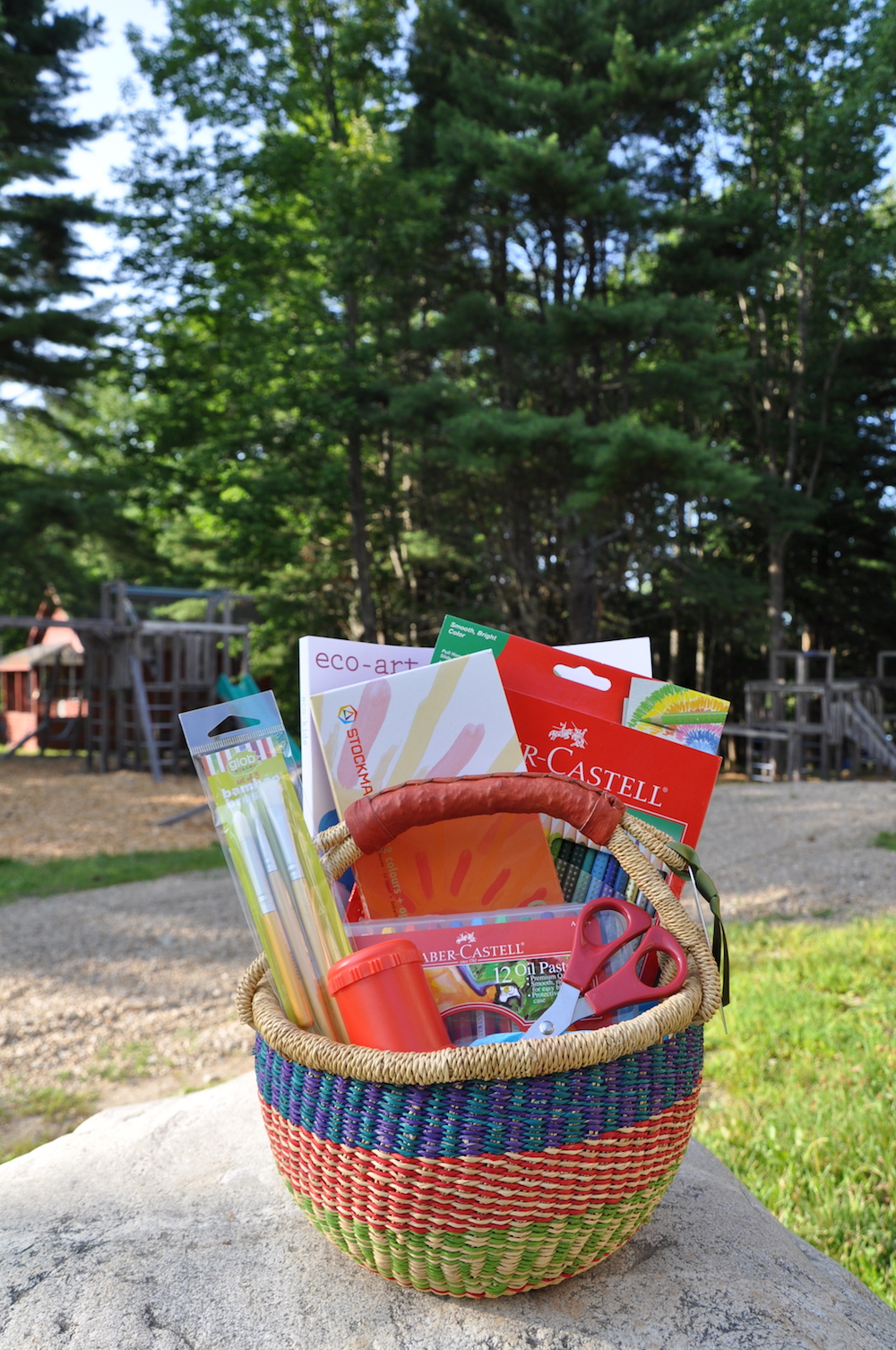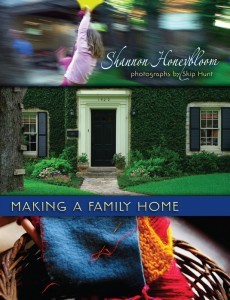When I explain that I am a Waldorf teacher and now sell Waldorf toys, I am often asked to describe Waldorf education “in a nutshell.”
Waldorf education is so multi-faceted and can take years of study to comprehend, but in this new “Sunday with Sarah” video, I do my best to give the viewer an overview of some of the primary differences between Waldorf education and mainstream schooling.
If you have questions after viewing the video, please post your comments and questions below, and I’ll do my best to answer them. Nice to be back with you!

TRANSCRIPTION:
Today I want to try and answer the question “what is Waldorf education?”
I get this question a lot from people who are new to Waldorf. They want to know, briefly and in a nutshell, what Waldorf philosophy is all about. It’s so hard to describe it succinctly because it’s so deep and multi-leveled, so I’m going to sum up five aspects of Waldorf philosophy which make it unique from “traditional” education.
1. Non-Academic Preschool
Being an early childhood teacher myself, the first thing I want to mention is that Waldorf early childhood education—nursery and kindergarten—is conducted in a non-academic environment. We don’t teach numbers, math, the alphabet or reading.
However, Waldorf preschool students build those pre-math and pre-reading skills through storytelling, hearing fairy tales and playing circle games. They are exposed to enriched language and, through repetition and memorization, are developing large vocabularies but we let their imagination unfold and we don’t push it in an academic way.
There’s a misconception that because of this, Waldorf schools are anti-reading. This could not be further than the truth. In Waldorf schools, reading simply comes later. A lot of children aren’t ready to read in the early childhood years; they’re brains need to be ready for the difficult decoding work and that happens at different ages for different children. We just allow those skills to develop naturally. Reading is like walking: kids will learn at their own pace and they don’t need it to be forced upon them.
2. Storytelling
Another unique aspect of Waldorf education is the emphasis on storytelling. Starting in the early years, teachers tell many stories by heart (I prefer to say “by heart” instead of “memorized,” which is a little colder). We learn the stories and we tell them with eye contact, heart to heart, teacher to child.
Storytelling continues throughout grade school. When children are studying history or legends they’re still hearing stories told by heart from their grade school teacher. It makes subjects come alive.
3. The Arts
Another interesting aspect of Waldorf education—and it’s the first thing which struck me about Waldorf—is that the arts are integrated into all subjects. Coming from a theater background and being a creative person myself, this really piqued my interest and appealed to me. I thought if I had had that kind of education, how much richer my own
schooling experience might have been.
For example, when a class is studying a particular subject, it might be approached through movement, rhythmic games, music, drawing, painting, etc.
My son, Harper, who’s now grown was sharing with me recently how the artistic application of color helped him learn math. Each number had an associated color with it, which helped him to learn the relationships between them and their individual properties. He still sees the number 5 as green and the number 12 as purple!
You may have heard of Howard Gardner and his theory of multiple intelligences. Many decades before Howard Gardner developed his Theory of Multiple Intelligences, the founder of Waldorf education, Rudolf Steiner, prescribed this way of learning: approaching different subjects through different artistic media which reach all the different types of learners. The kinesthetic learners learn through movement, maybe learning math through clapping and stomping games; visual learners will learn by creating art in their main lesson books, which I’ll talk more about
in a minute; and so on.
4. Class Teacher Staying with Same Class through the Grades
Another thing that makes Waldorf education unique is that, ideally, a class teacher will stay with the same group of children from first grade through eighth grade. It doesn’t always work out that way but that’s the ideal.
A lot of parents who are new to this concept question it: “Well, what if you have a bad teacher?” I’m not going to lie, it is a possibility but in my experience the teachers who are drawn to Waldorf education and who are willing to make this commitment to a class are incredibly dedicated, devoted and capable.
When a teacher stays with a class for such a long time, the group becomes a family and that teacher becomes an expert in those children. Traditionally, when a teacher gets a new class of students every year they spend the better part of that year just getting to know their knew students: how they learn and how to reach them. Then, as soon as a relationship begins to develop, the child moves on to another new teacher.
The other benefit I see to looping is that the class teacher learns with their students. They might spend their summer studying and refreshing the subjects to be taught in the upcoming grade, which makes it fresh and exciting for them. Their enthusiasm is sure to be shared with their students.
More and more public and mainstream schools of incorporating this idea of “looping.”
One thing I should add is that in the early childhood years, teachers do not progress with the students. Looping only begins in first grade.
5. Main Lesson Books
Finally, there are no textbooks used in Waldorf education. Instead, children make their own textbooks called “Main Lesson Books.”
A unique aspect in itself, Waldorf students study one subject at a time. A class will have one Main Lesson block for a 3-4 week period where they will cover one subject in depth. In sixth grade it might be Ancient Roman history, in second grade it might be Legends and Heroes. They’ll study that topic for about two hours every morning and then take write and illustrate those lessons into their own textbook.
This makes subjects so much more meaningful and helps the information penetrate to a deeper level where it’s really embedded in their memory for life, rather than just quickly memorized for a test and soon forgotten.
There’s so much more that could be said on the subject of Waldorf education, this is just my attempt at summarizing the core tenets of Waldorf.
If you want to learn more about Waldorf education, and I hope you do, there are a lot of great books and resources available. One book I highly recommend if you’re a parent of a young child is You Are Your Child’s First Teacher, written by my friend and colleague Rahima Baldwin Dancy (no relation). It’s a wonderful introduction to the early childhood years with ideas for how to incorporate Waldorf philosophy into your home.
Also, the Association of Waldorf Schools of North America (AWSNA) has a great website with lots of links to resources and lots of information. You’ll find that at www.waldorfeducation.org
You might also want to check out www.waldorfshop.net which has many resources as well: books, art supplies, toys, everything and anything related to Waldorf education.
Have a day full of play!








